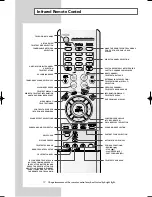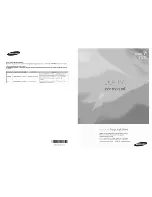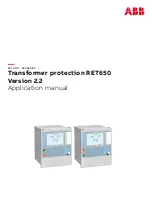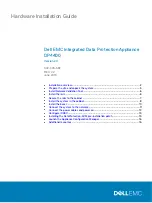
7 Application examples
This unit can be applied to a variety of power switchgear and controlgear layouts and technologies.
This chapter describes some of the most typical applications. Please consult the AQ-SAS™ booklet
(can be found at
) or your nearest Arcteq representative for a solution to your
particular application.
7.1 Double busbar application with overcurrent and arc light conditions
(LV and MV)
AQ-101S can be used for applications that require tripping from both overcurrent (I>) and arc light
(L>), where tripping is performed only when both conditions occur simultaneously. Typically, the
overcurrent condition is obtained from an AQ-110 unit, activating the trip relay in 7 ms. The I>
condition can also be monitored by non-Arcteq products (such as a generic feeder protection relay);
however, the total operating time depends on the device that feeds the I> signal to the AQ-101S unit.
The figure below presents an example of a double busbar arc protection system (for both LV and
MV) that applies both I> and L> for tripping. The S1 sensor channel typically monitors the outgoing
cable compartment, while S2 monitors the breaker compartment. S3 and S4 monitor the reserve
busbar and the main busbar, respectively. The busbar arc light information is sent out through the BO1
(main busbar) and BO2 (reserve busbar) binary output channels.
In this application, the current monitoring signal comes from an external overcurrent relay through the
BI3 binary input channel. The position of the breaker can be connected manually with either the main
busbar or the reserve busbar. In order to indicate the breaker's precise location, its position information
is sent to the AQ-101S unit via the BI1 (main busbar) or BI2 (reserve busbar) binary input channel. The
T1 trip contact is responsible for tripping the breaker. T3 gives synchronous information on the trip
alarm. The connections of this example application are presented in the "Wiring" chapter.
Figure. 7.1 - 25. Connections of the double busbar application for AQ-101S.
A
AQ
Q-101S
-101S
Instruction manual
Version: 2.01
© Arcteq Relays Ltd
IM00007
27












































